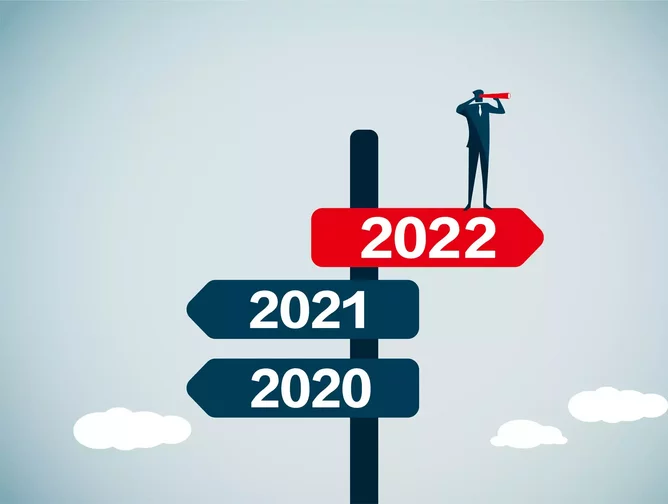Top 10 procurement risks and how to mitigate them

Procurement risks can come from both the internal and external operations of a business, ranging from how your business and employees operate through to global events and supplier relationships.
Procurement Magazine takes a look at Quandary Consulting Groups’ top internal and external risks in procurement and how organisations can mitigate them to maintain resilience.
Price fluctuations

It is important for procurement functions to ensure that there is a flexible budget to cover an unexpected expense in the volatile supply chain market. Particular in today’s modern supply chain and procurement functions.
Fluctuating prices and increased supplier costs can occur and while it is important to have a flexible budget, Quandary Consulting Groups explains that price increases shouldn’t be accepted without hesitation. Procurement functions should be ready to negotiate.
Overspending

By leveraging an e-procurement solution, organisations can automate the invoicing and purchase order functions for greater transparency into real-time budgets and spend.
Those that don’t risk additional fees, damaged vendor relationships, undeeded products, completely shutting down processes or even result in the need for emergency loans.
Inaccurate forecasting

To ensure that procurement functions are not paying more for goods and services, or are not able to acquire them when needed due to inaccurate forecasting, procurement functions should look to supply chain management (SCM) software to collect the correct data in order to make accurate forecasts.
In doing so organisations can secure delivery at the best market price.
Disruptions

Disruptions to the supply chain can come in many forms from extreme weather conditions to trade wars, pandemics, and exits from political and economic unions (BREXIT).
Procurement functions should look to diversify their suppliers, with secondary suppliers on standby. They should also assess and understand which suppliers are most at risk, developing a response strategy should a disruption occur.
Complexities

With complex projects, come complex challenges. This risk feeds into the unknown disruption risks, despite effective planning. As a result, it is vital for organisations to maintain clear communication, evaluating the project and procurement demands through each stage to ensure understanding and the ability to identify potential issues quicker.
The work environment

Since COVID-19, many organisations are either working fully remotely or part remotely, and while there can be benefits for an organisation to take either of these approaches, it’s important to remember the challenges or risks that can come with it.
For procurement functions working in this way, a single platform for communication should be used, establishing procedures for sharing progress, meeting deadlines, and discussing any supply chain issues in order to maintain effective collaboration with suppliers.
Poor performance

Working with suppliers and tracking performance via a vendor management system can help procurement function to better manage, rate, and compare suppliers over time.
“Your supplier is a vital business partner that should work with you to increase your success. Suppliers should deliver on expectations, communicate clearly, and collaborate with your team. When suppliers underperform, it puts unnecessary strain on your business to meet customer expectations,” said Quandary Consulting Groups.
Unethical sourcing

Today’s modern procurement and supply chain organisation can no longer take the view of ESG as an added extra; going above and beyond. The demand for ethical and sustainable operations is rising, today’s customers expect their products to be sourced ethically.
To ensure that suppliers are maintaining a certain level of ethics and sustainability, vendor management systems can also help organisations to store the relevant data and compare suppliers to other competitors.
Fraud

When it comes to fraud, improving procurement transparency, as well as moving away from manual processes can increase accountability and improve visibility into the function. As a result, the procurement function can improve their potential blind spots within the business, reducing the risk for the whole organisation.
To discover four types of supplier payment fraud and how to mitigate them, click here.
Manual processes

As previously mentioned manual processes can increase the chances of fraud, but they can also result in other unnecessary risks.
“Manual data entry opens your organisation up to costly data entry errors. A lack of real-time reporting makes it easy to miss the signs of an approaching catastrophe. And data silos create multiple (potentially inaccurate) pictures of a project’s progress,” said Quandary Consulting Groups.
By automating processes with an e-procurement platform, procurement functions can benefit from real-time reporting and data tracking providing greater transparency and insights into supply chains.






